Peaceful coexistence with top predators
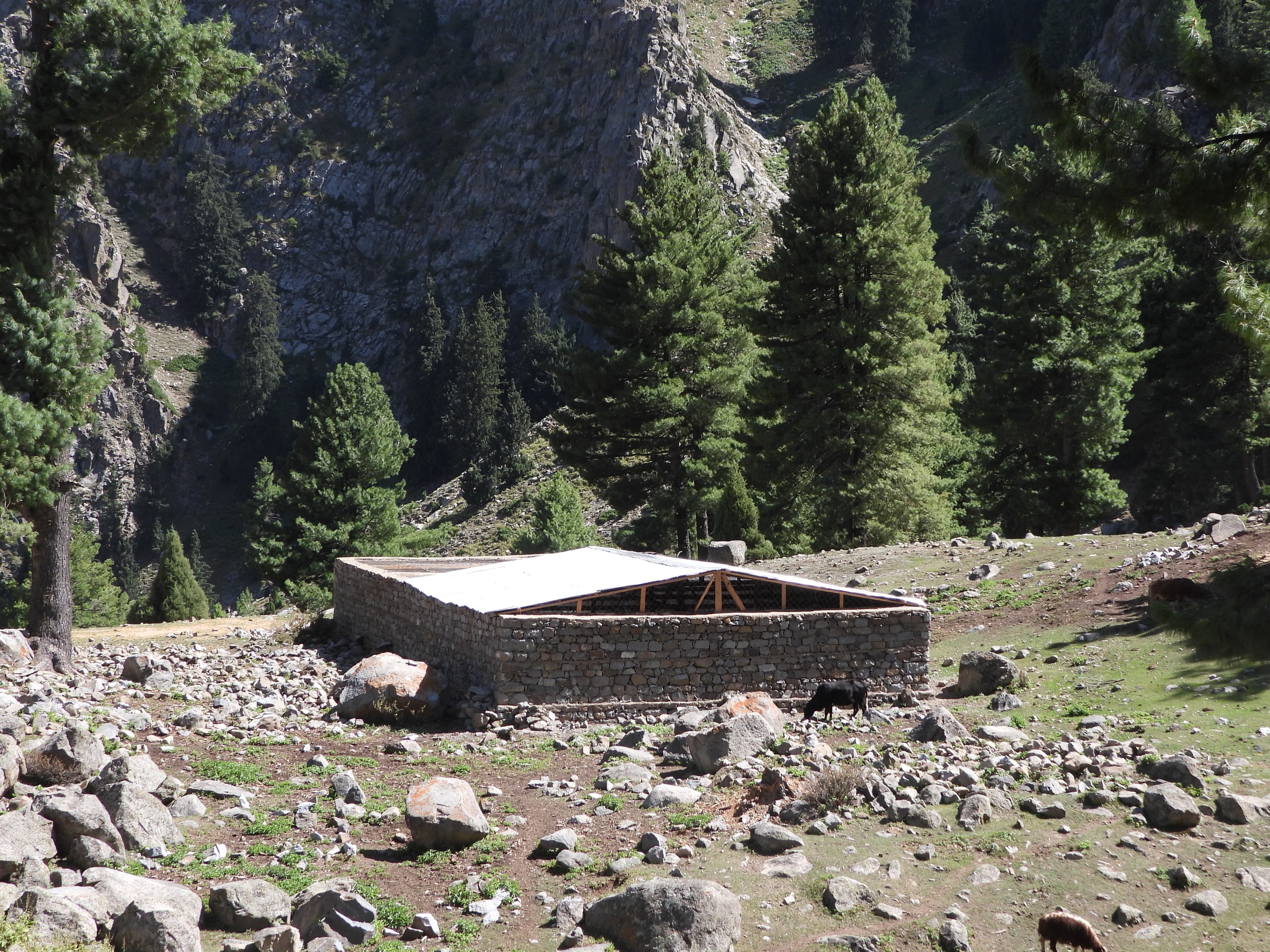
Predator Proof Corral, Hanzal Valley. Credit – SLF.
Community-based conservation in Gilgit-Baltistan
The mountainous regions of northern Pakistan, encompassing the ranges of Hindu Kush, Pamir, Karakoram, and the Himalayas, are breathtakingly beautiful and ecologically significant. These areas are home to unique biodiversity, including the iconic snow leopard, and provide essential ecosystem services to millions of marginalised agro-pastoral communities. However, the growing human population is exerting pressure on these fragile ecosystems, leading to conservation challenges including habitat degradation and fragmentation, the poaching of wildlife species, and human-wildlife conflict. Retaliatory killings of snow leopards, driven by livestock predation, further threaten the survival of this threatened species.
To address these challenges, the Snow Leopard Foundation launched the project “Community-based conservation of Snow leopard and its habitat in Pakistan” in June 2022. Implemented in collaboration with the Gilgit-Baltistan Forest, Wildlife & Environment Department, and local communities across thirteen sites, the project focused on mitigating human-wildlife conflict while promoting conservation and sustainable livelihoods. This article highlights three key conservation interventions of the project: Predator Proof Corrals (PPC), the Livestock Insurance Scheme (LIS), and the Ecosystem Health Programme (EHP).
1. Predator Proof Corrals: Safeguarding livestock and wildlife
Predator attacks on livestock are a major concern for pastoral communities in Gilgit-Baltistan. These incidents not only result in economic losses but also fuel retaliatory killings of snow leopards and other carnivores. To address this, the Snow Leopard Foundation introduced PPCs — secure enclosures designed to protect livestock from predators.
Constructed with iron poles anchored approximately 3 m apart, reinforced with galvanised iron wires, and fitted with angled roofing, these corrals are strategically placed in summer pastures where predation is most frequent. Each corral measures approximately 9 m by 18 m, providing a safe space for 900 livestock in each corral. The sites for these corrals were selected in consultation with local communities, ensuring they meet specific needs and replace conventional corrals which are prone to attacks by the large carnivores.
A total of 24 PPCs were constructed under the project, significantly reducing predator-induced livestock losses and subsequent retaliatory killings of large carnivores. By empowering women, who play a central role in livestock rearing, this initiative has strengthened community resilience and promoted coexistence between humans and wildlife.
Key Figures and Impacts
- 24 PPCs constructed in predation-prone areas.
- Reduction in vulnerability of livestock losses due to predators: Expected to save approximately 21,600 livestock annually from predation.
- Community involvement: Local communities were engaged in the placement and construction of the predator proof corrals.
- Capacity building: Grants were deposited into joint community accounts, and later, the community was trained in the financial management of funds.
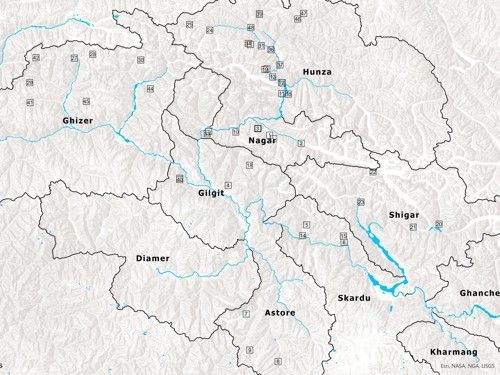
2. Livestock Insurance Scheme: Mitigating economic losses
Rising livestock populations in Pakistan’s mountain regions have intensified human-wildlife conflict, often leading to retaliatory killings of threatened predators like the snow leopard. The Livestock Insurance Scheme (LIS) offers a sustainable solution by compensating pastoralists for livestock losses due to predation.
Implemented with a total investment of 15.084 million Pakistani rupees (£40,138), the LIS is a collaborative effort, with communities contributing 37.58% and the Snow Leopard Foundation providing 62.42% (PKR 9.415 million [£25,053]). Out of PKR 9.415 million (£25,053), PKR 5.656 million (£15,050) was provided from the Darwin Initiative, and the remaining amount was received from other donors. This model strengthens local ownership and ensures the scheme’s sustainability. Operating across 12 schemes, the LIS has disbursed PKR 965,400 (£2,569) in compensation to 96 families affected by predation, enhancing tolerance for wildlife and promoting peaceful coexistence. The compensation to local communities from LIS helped alleviate the economic burden on affected families and reduced the incentive for retaliatory killings.
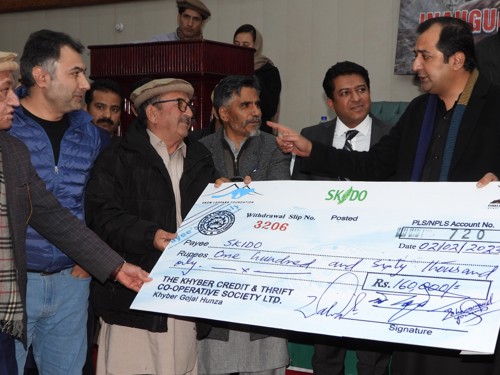
3. Ecosystem Health Programme: Improving livestock and ecosystem health
Livestock diseases pose a significant threat to mountain ecosystems, impacting animal health, human livelihoods, and wildlife. The EHP addresses this challenge through large-scale livestock vaccinations, improving overall ecosystem health.
Since its inception, the EHP has vaccinated 670,307 livestock, including 236,427 sheep, 199,599 goats, 175,407 cattle, and 49,958 yaks. This has benefited 23,964 households in biannual campaigns during the three years of the project life. By reducing disease-based mortality, the programme boosts livestock productivity, minimises economic losses, and mitigates the risk of disease transmission between livestock, wildlife, and humans.
This project demonstrated that conservation and community development can go hand in hand. By addressing human-wildlife conflict through innovative interventions like PPCs, LIS, and the EHP, the project has not only advanced snow leopard conservation but also promoted social equity, community resilience, and sustainable development in Gilgit-Baltistan.
Written by Mumtaz Gohar, Tayyab Shahzad, Dr Hussain Ali, and Dr Jaffar Ud Din. For more information on this Darwin Initiative Main project 29-023, led by Snow Leopard Foundation (SLF), please click here.
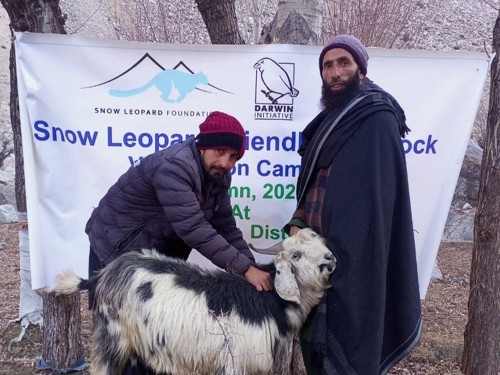
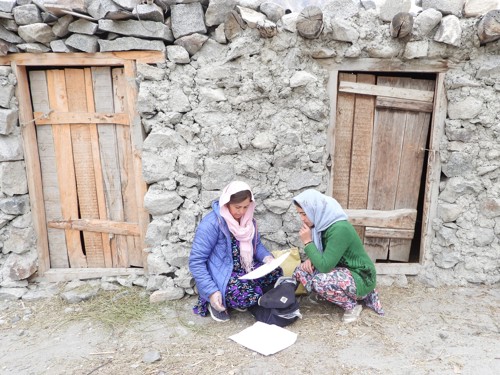
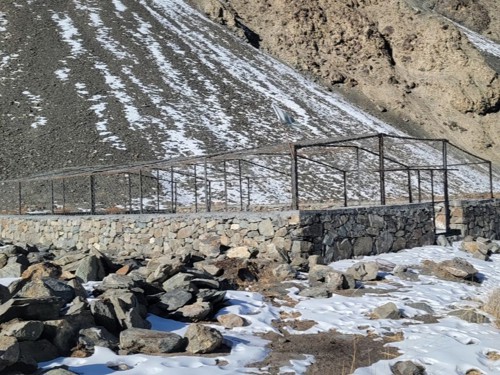
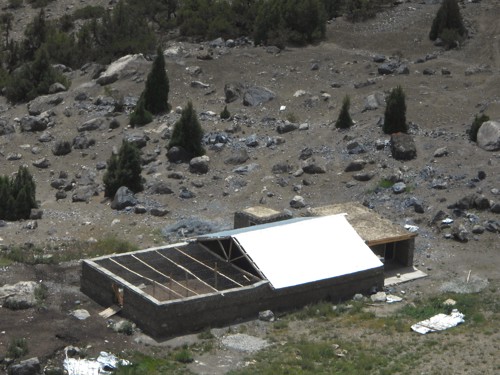

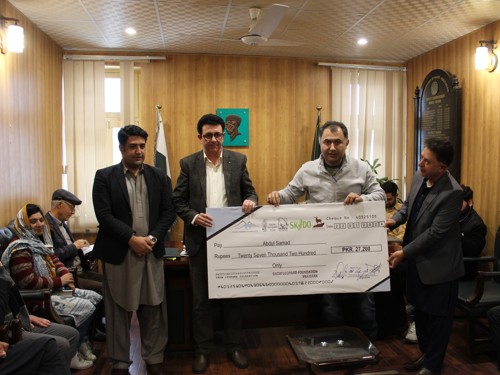
 Back
Back